Never in his wildest dreams could the boy from Massachusetts Don Lute Jr. have imagined finding treasure worth hundreds of thousands in his lunch money change after buying lunch at his high school cafeteria. That treasure came in the form of a rare “mistake penny,” made by U.S. Mint, which has an incredibly unique story behind it.
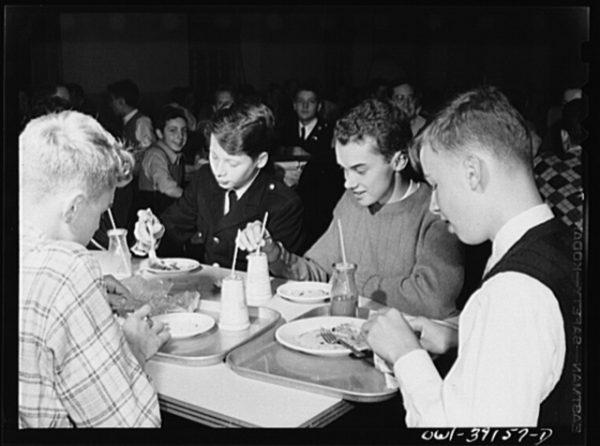
That was back in 1947. Lute held onto that rare penny, though, as he was a collector of curious items. Seventy years passed, and more recently, in September 2018, Lute passed away, leaving the incredibly rare penny—which was auctioned off to the highest bidder—behind him.
The penny exceeded its expected sale price of $170,000, fetching an incredible $204,000 after attracting a total of 30 bidders.
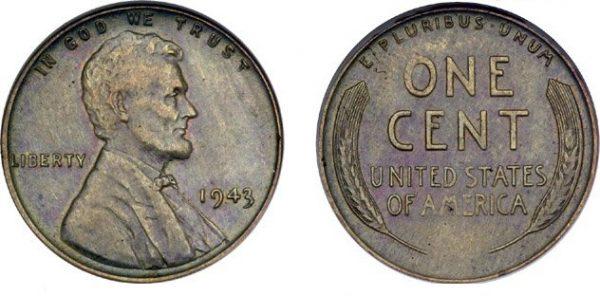
It is said that this particular type of rare error coin is the most famous ever in American history, and they have been sought out by collectors and coin aficionados for decades—only 20 of their kind have ever been minted, Vintage News reported.
The story goes that during the Second World War, strategic metal rationing was in effect in the United States, and copper was prioritized for the making of telephone wire, shell casings, and other military-use materials.
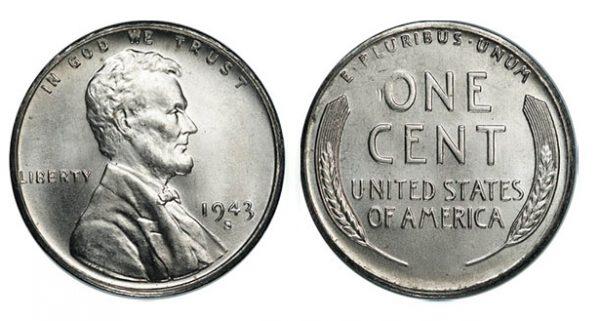
As a result, in 1943, the Treasury Department saw to it that U.S. Mint would be able to produce steel pennies, “steelies,” which were coated in white zinc, instead of copper ones—and in the 1960s, these steelies became sought-after collectors’ items in their own right.
Yet, during that same year, there were a very small number of copper pennies that were produced by mistake, too, which were released into circulation, unbeknownst to U.S. Mint—and it was these “mistake pennies” during that year that became all the rage as rumors of them spread.
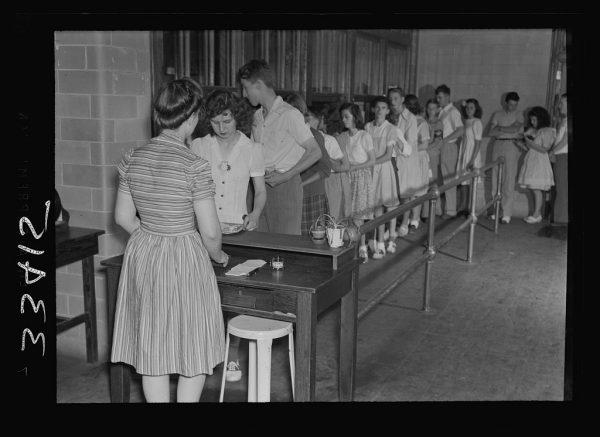
Hearing of these rumors, though, Lute contacted the Treasury Department to find out more, to which they responded:
“In regard to your recent inquiry, please be informed that copper pennies were not struck in 1943. All pennies struck in 1943 were zinc coated steel.”
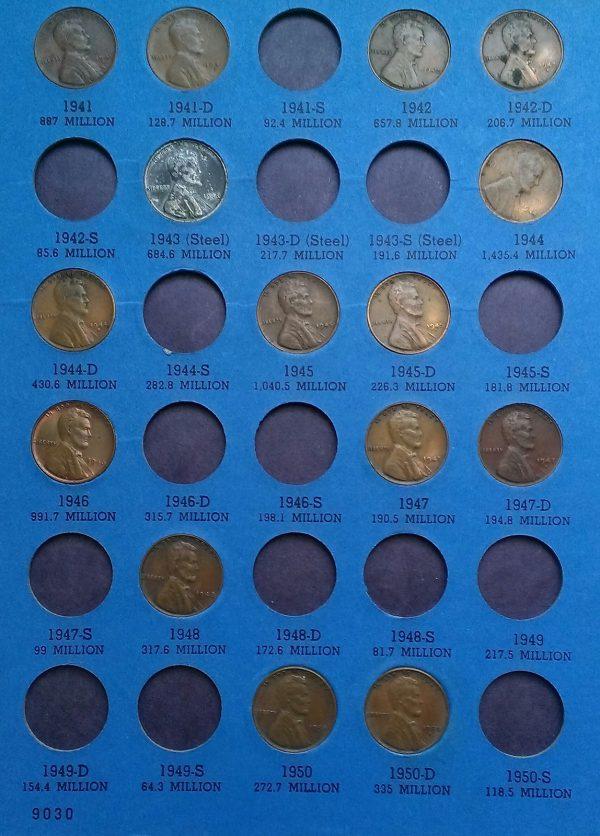
Yet, stories of the rare coins surfacing and selling for tens of thousands of dollars emerged, and it was even rumored (falsely) that Henry Ford himself was offering a free, brand-new car for one of the “error pennies.” Today, the 1943 copper is regarded as “the Holy Grail of mint errors,” Heritage Auction said.
Sadly, Lute will never know just how valuable his treasure would become. Now, the auction price has blown away expectations by exceeding the coin currency value by a markup of over 20,000,000 percent. Sarah Miller of Heritage Auctions states via Fox News, “This is the most famous error coin in American numismatics and that’s what makes this so exciting.”
As for the truth behind the mistake pennies’ existence, Heritage Auctions explained:
“[...] many years later, long after legitimate specimens had become well-known in the numismatic community. It seems that a small number of bronze planchets was caught in the trap doors of the mobile tote bins used to feed blanks into the Mint’s coin presses at the end of 1942. These few planchets went unnoticed when the bins were refilled with zinc-coated steel planchets in 1943. They eventually became dislodged and were fed into the coin press, along with the wartime steel blanks. The few resulting ‘copper’ cents were lost in the flood of millions of ’steel' cents struck in 1943 and escaped detection by the Mint’s quality control measures. They quietly slipped into circulation, to amaze collectors and confound Mint officials for years to come.”
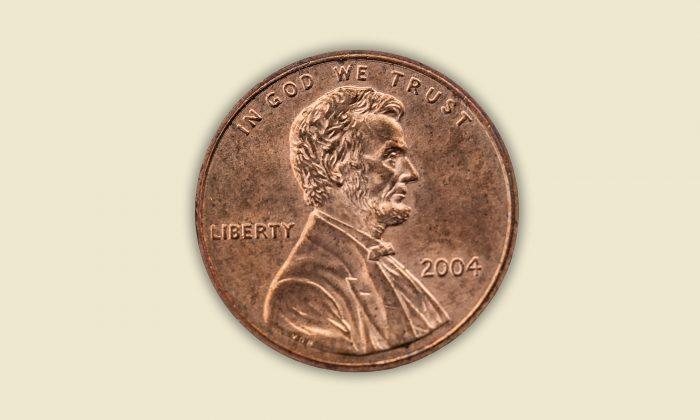

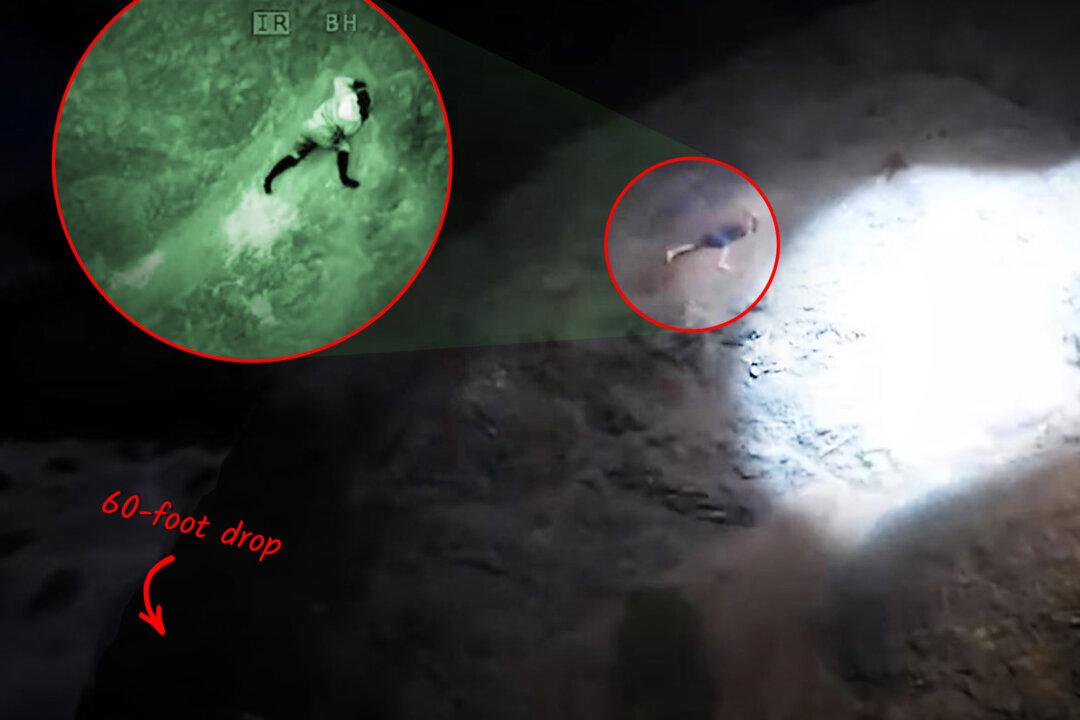

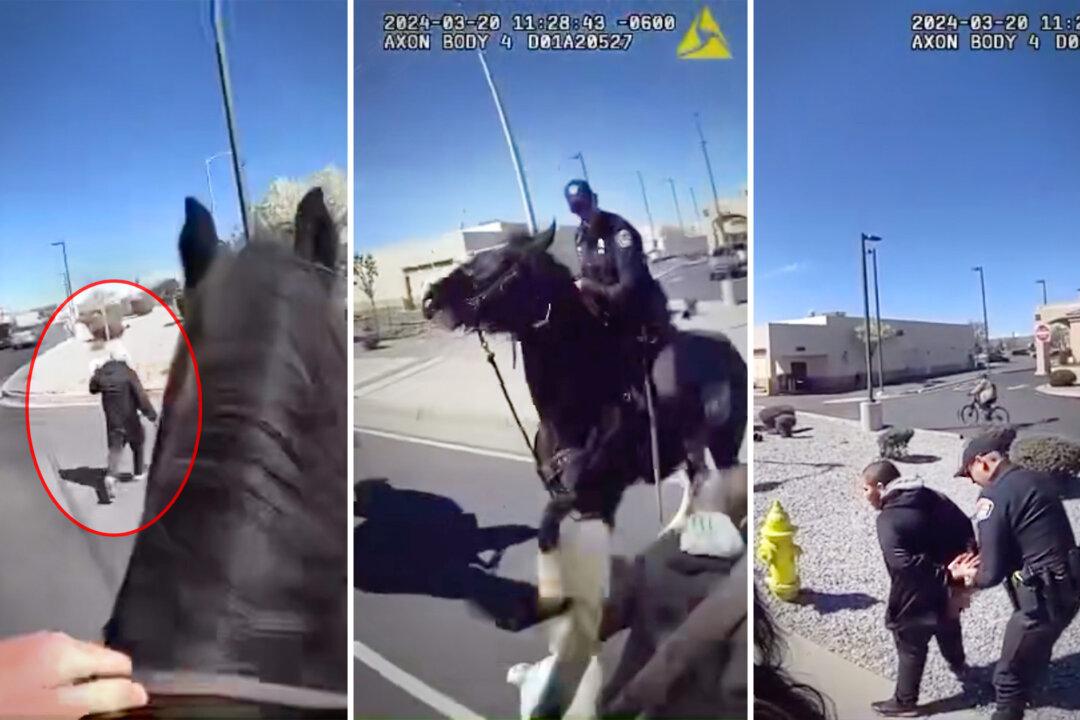

Friends Read Free